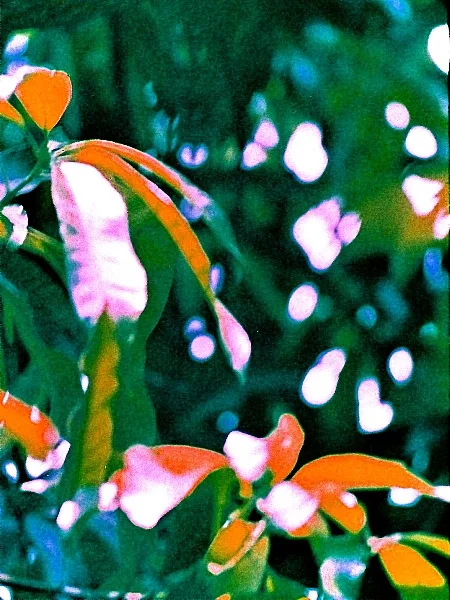The most telling effects of using expired film are decreased sensitivity and contrast, increased grain, and color shifts. Color shifts may be subtle or extreme, depending on both age and storage conditions. Different emulsions may shift in different ways, some moving toward the blue and others toward the magenta or the yellow, because different dyes age differently.
In many cases, with or without color shifts, saturation will be reduced. This can range from slightly muted colors to extreme desaturation bordering on selective color. With all films, you can get a variety of unevenness - mottling or spotting, streaking, inconsistent grain, and so on.
The older you get in terms of the expiration date, the more factors you need to consider. In addition to the expected fogging of the film, you’ll want to be aware of the required developing processes. Currently, it’s no longer possible to develop Kodachrome (K-12 or K-14 processes), and it may not be possible to develop color films designed for other defunct methods, such as the C-22 negative and the E-2, E-3, or E-4 transparency processes, since the chemicals no longer exist.

















.jpg)


























